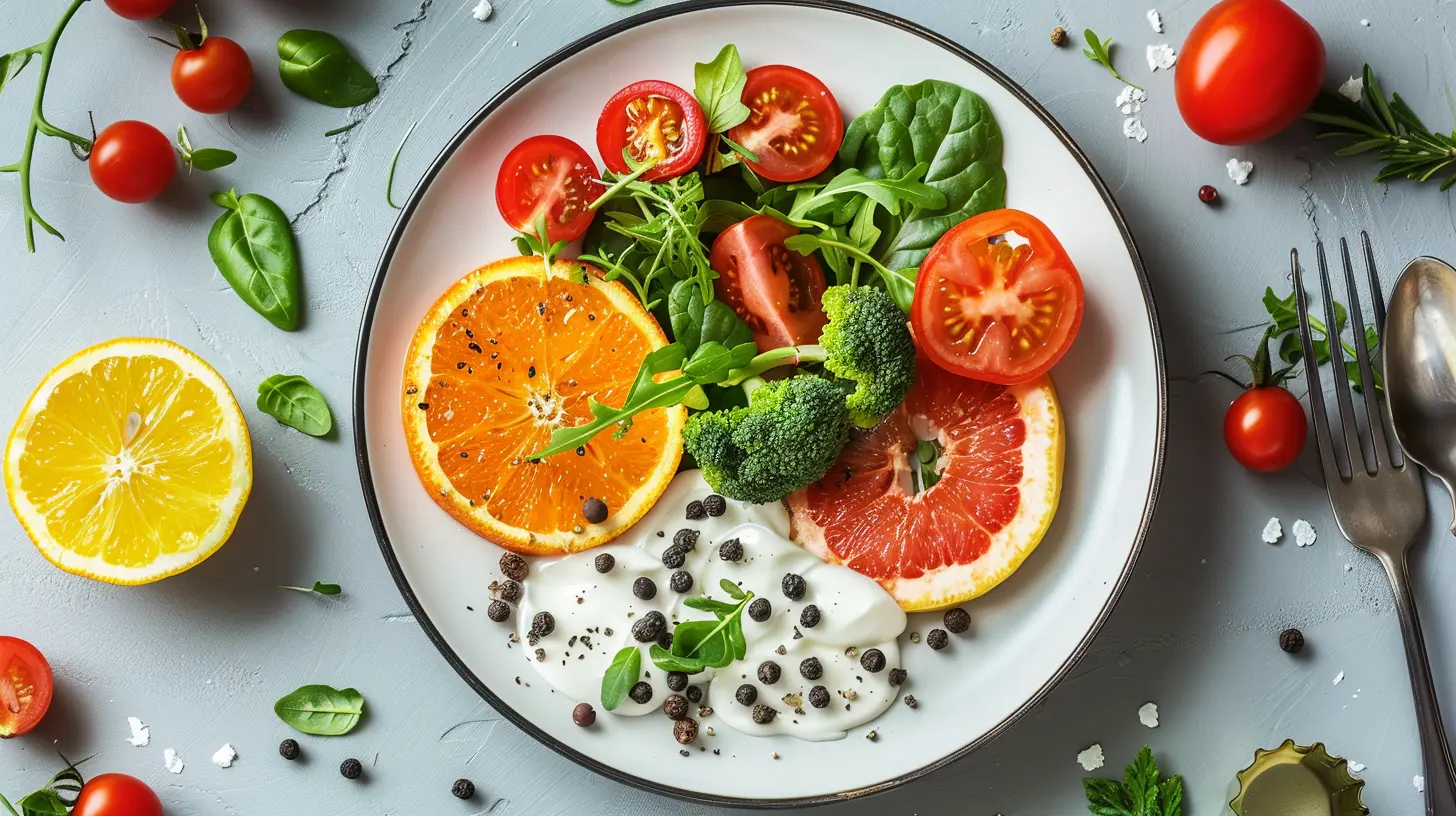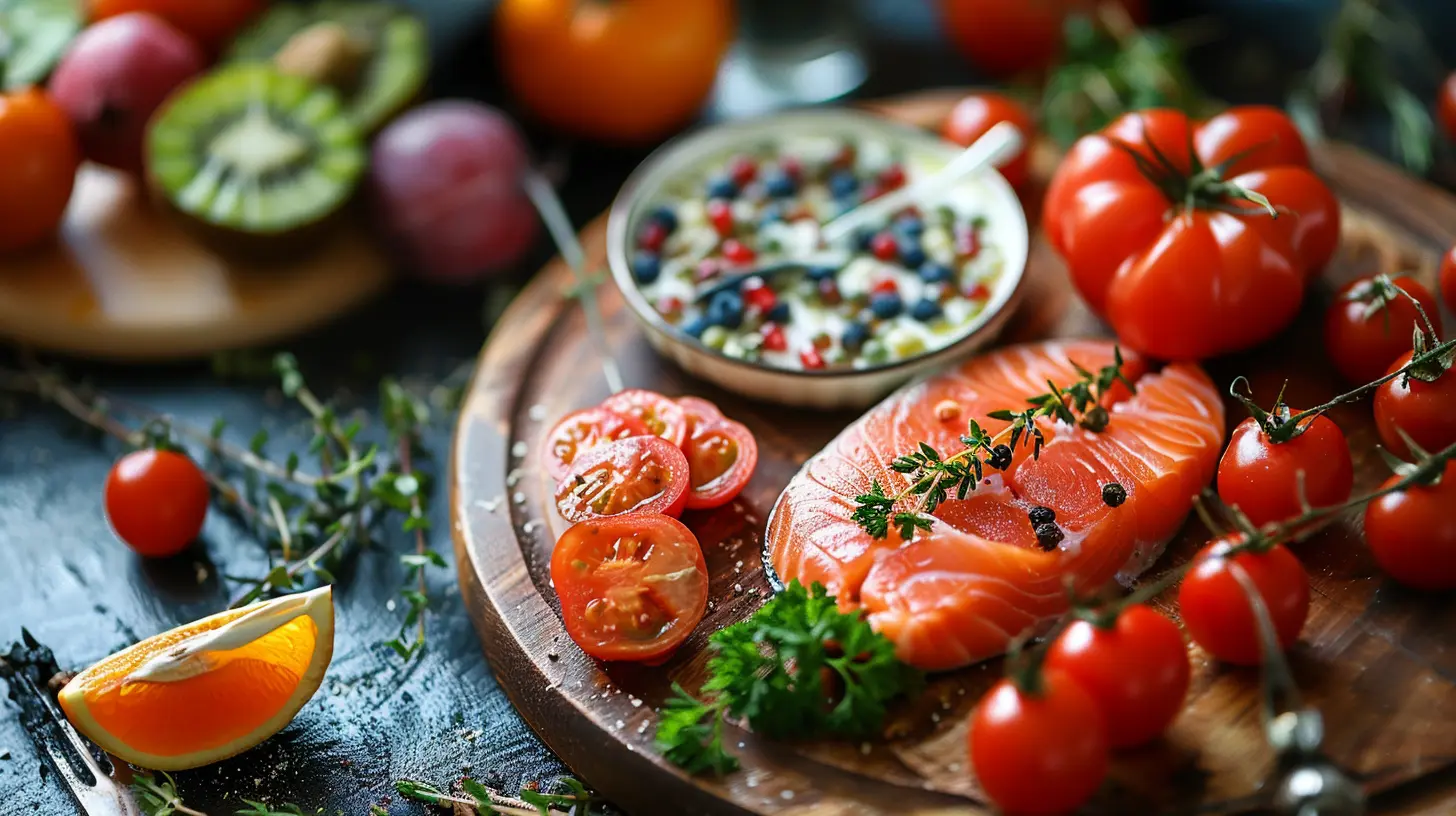Can Intermittent Fasting Help with Inflammation?
19 November 2025
Okay, let’s be honest — somewhere between cutting carbs, detox teas, and kale smoothies, you've probably stumbled upon the holy grail of health buzzwords: Intermittent Fasting.
You know the drill. Eat during a small window, fast the rest of the time. Sounds easy. (Until you catch yourself licking the peanut butter spoon at midnight — oops.)
But here's the juicier question that’s been lurking in the health corners of the internet: _Can intermittent fasting help with inflammation?_
Let’s dig into this iceberg of a topic with a big ol’ spoon of sarcasm, a sprinkle of science, and just enough real talk to keep things interesting.
What Even Is Inflammation, Anyway?
Before we go tossing around the word “inflammation” like it’s this season’s hottest villain, let’s break it down.Inflammation is your body’s natural defense mechanism. It’s like your immune system’s way of saying, “Hey! Something’s not right here, and I’m gonna fix it, STAT!”
Picture this: you stub your toe. (Ouch.) That redness, swelling, and warmth? That’s inflammation rushing in to fix the damage. In that case, inflammation’s your superhero.
But when inflammation sticks around like that one friend who won’t leave the party long after you’ve started cleaning up — yeah, that’s called chronic inflammation. And that guy? Not so super.
Chronic Inflammation = Silent Saboteur
This is the sneaky kind. You don’t see it, don’t feel it, but it could be quietly fueling health issues like:- Arthritis
- Cardiovascular disease
- Type 2 diabetes
- Obesity
- Even neurological conditions (hello, brain fog)
So, now the million-dollar question is: Can intermittent fasting swoop in and tell chronic inflammation to take a hike?
What is Intermittent Fasting? (For Real)
Let’s not overcomplicate things. Intermittent fasting (aka IF, because we’re cool like that) = cycling between periods of eating and not-eating.There’s no one-size-fits-all blueprint, but some popular flavors include:
- 16:8 – Fast for 16 hours, eat in an 8-hour window (yes, you can still brunch… sort of).
- 5:2 – Eat normally five days a week, then semi-fast (500-600 calories) two non-consecutive days.
- Eat-Stop-Eat – Fast for a full 24 hours once or twice a week (also known as “the hangry method").
No, it’s not a diet. You’re not counting macros or drinking lemon water mixed with cayenne pepper (unless that’s your thing — no judgment). It’s about timing, not what you eat.
So… Can Intermittent Fasting Help with Inflammation?
Ahhh, the main event. The short answer? Yes, it just might.But if you came here for the science behind the sass, buckle up.
1. Fasting Flips the Metabolic Switch
When you’re not eating 24/7 (looking at you, snack gremlins), your body switches from burning glucose (aka sugar) to burning fat. This is called metabolic switching.During this switch, the body enters a mild stress mode — kind of like working out for your cells.
This temporary stress triggers adaptive responses that improve antioxidant defenses, repair cellular damage, and you guessed it… reduce inflammation.
2. Say Hello to Autophagy
Autophagy — sounds like a sneeze, but it’s actually your body’s built-in detox system.It literally means “self-eating” (gross, but stay with me). During fasting, your body starts cleaning house, breaking down dysfunctional cells and clearing out garbage that contributes to — you guessed it again — inflammation.
It’s like Marie Kondo for your insides.
3. Cytokines: The Drama Queens of Inflammation
Cytokines are signaling proteins. Some are pro-inflammatory (they start the drama), and some are anti-inflammatory (they keep the peace).Studies suggest intermittent fasting lowers the levels of pro-inflammatory cytokines like IL-6, TNF-alpha, and CRP (C-reactive protein). Aka it tells the drama queens to zip it.
4. Insulin Resistance & Inflammation — A Toxic Relationship
Here’s a juicy bit of info: insulin resistance = inflammation, and vice versa.IF has been shown to improve insulin sensitivity, meaning your body can process sugar better. Less sugar-chaos means less inflammation. It’s a win-win.
What Do The Studies Say? (Because Science Matters)
Let’s not just rely on vibes and kale memes for our info, shall we?- A 2019 study in Cell Metabolism found that time-restricted feeding reduced markers of inflammation and oxidative stress in overweight men.
- Another 2020 study in the Journal of Clinical Endocrinology & Metabolism showed that intermittent fasting improved insulin sensitivity while decreasing inflammation.
- Animal studies (okay, yes, on mice — but still) have shown significant reductions in inflammatory markers during fasting protocols.
So, yeah, IF isn't just a trendy diet that influencers swear by between Instagram sponsorships. It might actually have some legit science behind it.
Real Talk: It's Not Magic
Before you go canceling your next meal in the name of inflammation, let’s get one thing straight.Intermittent fasting is not some magical unicorn that cures every ailment. (Sorry to burst that bubble.)
If your idea of "eating clean" during your feeding window involves potato chips and a side of soda, well... inflammation isn't going anywhere, sweetheart.
Fasting Doesn’t Cancel Out Bad Choices
The point of IF isn’t to starve yourself then binge on deep-fried nonsense. That’s just intermittent self-sabotage.To actually see anti-inflammatory benefits, you’ll need to pair IF with:
- Whole, unprocessed foods
- Healthy fats (avocados, nuts, olive oil)
- Leafy greens and fiber
- Hydration (like, real water — not caramel oat milk lattes)
Fasting is the tool — not the whole toolbox.
Who Should NOT Fast? (Because Safety First, People)
Listen, I love a good trend — but this one’s not for everyone.If you fall into any of the following categories, maybe skip the IF train or talk to a healthcare pro before jumping in:
- Pregnant or breastfeeding? Girl, you need those nutrients.
- History of eating disorders? Hard pass.
- Diabetic and on medication? You need that blood sugar stable.
- Underweight? Let’s prioritize nourishment.
- Kids and teens? Growing bodies need constant fuel, period.
Nothing kills your anti-inflammatory goals like passing out in the middle of a yoga pose.
Tips to Start Intermittent Fasting Without Losing Your Mind
Thinking of giving it a whirl? Props to you. Here’s how to dip your toes in without crashing and burning Day One.1. Start Slow
No need to jump into a 24-hour fast on day one like a fasting monk. Try the 12:12 method (12 hours fasting, 12 hours eating) and work your way up.2. Hydration is Your BFF
Water, black coffee, herbal tea — these are your ride-or-die during fasting windows. They keep hunger in check and support detox.3. Break the Fast Like a Boss
Don’t slam a triple cheeseburger as your first meal. Reintroduce food gently — aim for protein, healthy fats, and fiber to keep inflammation at bay.4. Listen to Your Body (Seriously)
Feeling dizzy, fatigued, or just plain miserable? Take the hint. IF is flexible. You’re not married to it.The Mic Drop: Is Intermittent Fasting the Anti-Inflammatory Hero We Needed?
In short? It could very well be.Intermittent fasting isn’t a miracle, but it can support your body’s natural anti-inflammatory processes, especially when paired with nutritious food choices, quality sleep, and some physical movement (yes, you need to get off the couch).
So if you’re tired of feeling puffy, sluggish, or straight-up annoyed by mystery aches and pains, intermittent fasting might be worth a test run.
It’s free. It doesn’t require meal prep worthy of a Michelin star. And best of all, it just might give inflammation the boot.
What’s the worst that could happen? You miss breakfast? Welcome to the club — we have black coffee.
all images in this post were generated using AI tools
Category:
Intermittent FastingAuthor:

Laurie Barlow

